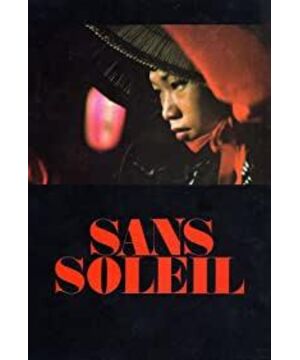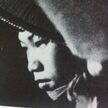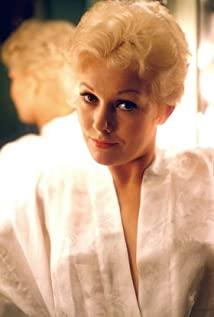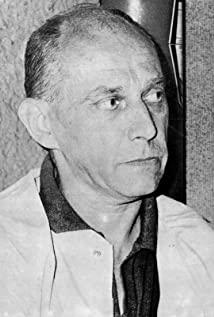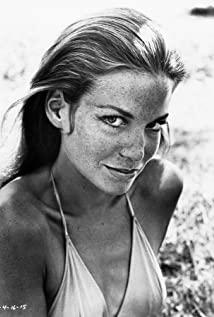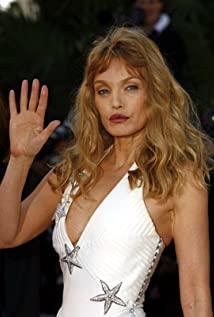The quiet female voice uses written philosophical whispers to evoke the sparse fragments, creating a spirit of wandering. This degree of freedom amplifies the tension of the editing art. The technique of montage can be freely displayed throughout the film.
Among them, the dream fragment of the Japanese tram is very interesting. There is a close-up of a tired face with eyes closed in an everyday boring scene. The concept of TV culture was mentioned before this segment. The eroticism and ghosts in those TV pictures were spread through the media and imported into the passengers' dreams. Close your eyes and close up the very dream scene imagined by the director. We are aroused by a secret voyeurism in the few seconds we stay in the close-up. Then a passenger opened his eyes as we watched, heralding the end of the segment. The next shot cuts an empty mirror with a trolley relationship, and a huge poster in the background has a pair of big, hideous eyes. The imagery was continued, and we changed from an active relationship of watching to being watched by the beautiful model on the poster. There is also a hazy clue of a tram stop in the reflection of the poster. Although the inextricable connections between the shots are subjectively connected by the editor, they ultimately present a free and dreamlike effect.
Japan is the focus of the film, but the fragmented cultural discussion is also mixed with similar fragments from Africa, San Francisco, Iceland and even Hong Kong as objects of contrast or foil. The Japanese take their children to hold funerals for the zoo's animals, a mourning even higher than the mourning of the nation's leaders. But it is worth pondering that the director mixed a cruel picture of a human shooting a giraffe in this moment of human warmth. This is a very subjective comparison. What is the purpose of the director? Is it to praise the tender part of Japanese culture? Or mocking humanity as a separate object?
A video operator is mentioned, who appears to exist in a mysterious studio beyond Earth's time and space. There are also images in the film showing this isolated environment. He drives sophisticated controllers that add stylized "filters" to documentary images. This adds more experimental interest to the documentary. The distorted portrait is embracing, and then a clear picture of the hug in the moment is cut. The distorted figure is raising his hands high, and then following the movement of the raised hands to cut the scene of the protesters raising their hands and calling out. Some of the abstract parts are images from the past, while others are recurring symbolic elements such as cats, birds, and close-ups of Japanese women. This kind of processing is infinitely publicized at the end of the film. The last shot of the whole film is a close-up of the operator turning off the instrument, which is very ceremonial and even a bit surreal, but does this ending fit the documentary orientation of the documentary? Perhaps in the history of documentary development, there has been such a flourishing stage of formalized and stylized exploration, which is enough to accommodate this blurred boundary.
Although the structure of the whole film is not so clear and clear, the echoes of the beginning and the end make its own logic to be closed and self-consistent. In the director's context, Africa and Japan are symbolized by two animals, birds and cats, respectively. Their shots are placed in a symmetrical sequence at the beginning and end of the film. It seems that the myth has finally returned to its place of return, as if the longing has responded.
View more about Sans Soleil reviews


